If there was an established and accepted method of making commercial buildings operate more efficiently to drive out waste, drive up value and reduce emissions, everyone would want to know about it, right?

Most people working in the property sector will know two things about post-occupancy evaluations (POEs): those who understand them broadly agree that they’re a valuable tool to creating better buildings, although paradoxically, their actual implementation is rare.
The POE process covers a range of robust assessment methods designed to measure the success of a building and provide a mechanism for feedback between occupiers and designers. These assessments might include energy auditing, internal-environment quality tests and first-person questionnaires designed to understand the lived experience of a building.
From a designers’ perspective, understanding a building user’s real-life experience provides a critical opportunity to measure how their creations operate in the real world, offer timely remedies to emerging issues, and absorb lessons for future projects. They represent a vital missing link between a building’s expected performance and what is actually achieved once the keys have been handed over and the building is complete.
The list of reasons why POE assessments are not routinely carried out is as long as it is inadequate. Time, capacity, and cost are often cited, but set against the potential benefits a POE assessment can deliver, these reasons are perhaps more accurately described as excuses.
The two main reasons why POE are rarely used are a lack of understanding about their scope and purpose, and their non-compulsory status,which positions them as a ‘nice to have’ rather than the critical building lifecycle assessment tool they are.
Why does this matter? If evaluations are not happening and the sector is doing okay at creating good buildings, then why disrupt the status quo or undertake potentially costly and long-term assessments to deliver incremental, if any, gains?
The answer is that because the benefits of using POE are potentially huge, and to gloss over the benefits is a fine example of looking down the wrong end of the telescope at a problem. Designers, contractors and materials specifiers have for years perfected methods of eking out improvements to building stock and they need new tools and feedback to deliver a new leap toward for the next generation of buildings.
With most of the quick wins and rich pickings understood and documented, designers need to better understand how buildings perform to close the gap between intended design and the product delivered. In this sense, POEs represent an unturned stone in the search for improvements and an opportunity to fine-tune buildings based on collected, recorded evidence. It is one of the few untapped sources of identifying improvements and one that cannot be overlooked in the drive toward net zero.
The benefits of integrating POE into the building design process are multiple and can lead to more informed design decisions, enhanced building efficiency and greater occupant satisfaction. Happy occupants are crucial stepping stones toward achieving longer tenancies and sustaining higher rents.
The commercial imperative is right at the heart of this approach, along with a laundry list of other benefits.
Through the process of validating design intent to identify flaws and solutions, building owners and designers are taking a pro-active role in testing and tweaking the usability of buildings and supporting sustainable design, reducing lifecycle costs and informing future design decisions.
It is within the sector’s gift to implement this approach and reap the benefits; all that is needed is boldness of vision.
There is a case for POE becoming a mandatory part of the design contract, but that feels like rather a blunt instrument to address the issue. The Royal Institute of British Architects has previously called for POE to be baked into contracts for all public buildings and the purpose would be to demonstrate the value the process can deliver in the hope that enlightened developers will implement the approach across wider portfolios.
There certainly are benefits to this pump-priming approach, but it is incumbent on everyone to champion the benefits POE can deliver and raise the option with clients for both new-build and retrofit contracts.
The role of the designer must be reimagined to become a collaborative process that does not end at handover and includes feedback and direction from systems, tests and people.
The sector needs to build not just for today, but to be flexible in its thinking as buildings embark on their journeys into the future.
David Ross is associate director at IES























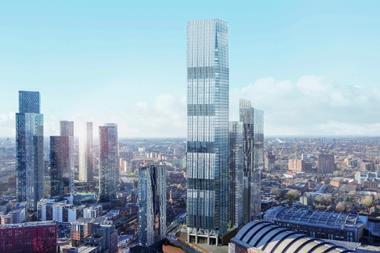
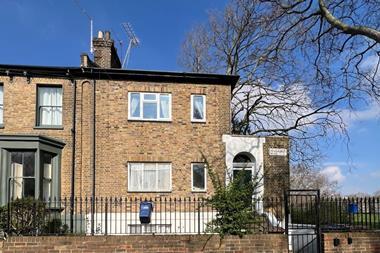

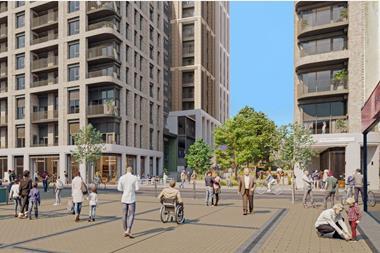
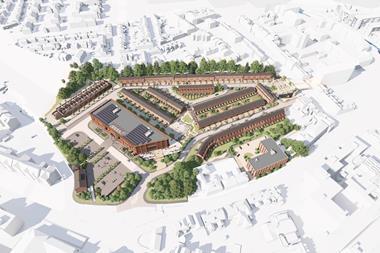
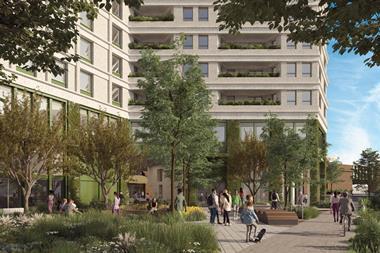
No comments yet